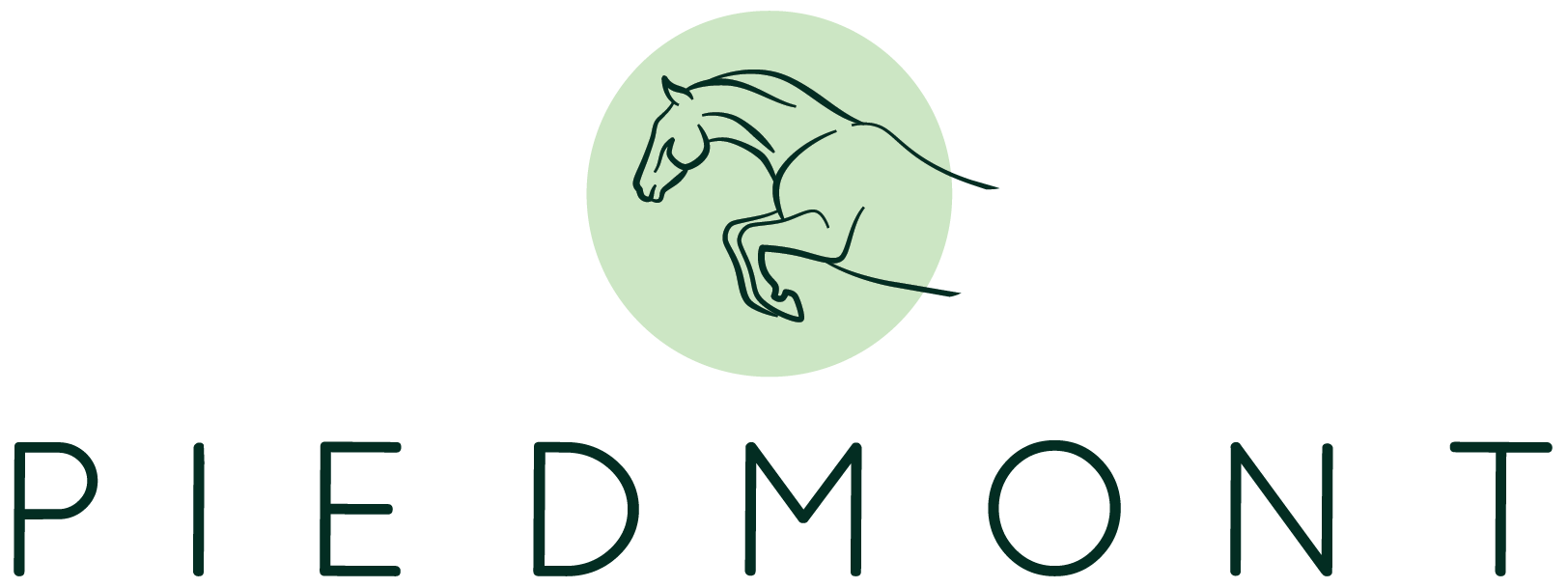Clinical signs that would warrant a respiratory assessment by a veterinarian:
- Nasal discharge
- Coughing
- An abnormal respiratory noise, either at rest or when exercising
- Excessive sneezing or snorting
- Swelling under the jaw (lymph nodes)
- Poor performance, winded easily
- Persistently elevated respiration
- Difficulty breathing, wheezing
A respiratory evaluation begins with a complete history provided by the owner and trainer (when applicable). Next, the veterinarian will perform a thorough physical exam including a rebreathing exam. A rebreathing exam involves placing a bag over the horse’s nose and mouth for one minute, which allows for the build-up of carbon dioxide stimulating the horse to take deeper breaths. Upon removal of the bag, the horse will sense fresh air and usually take a few even deeper breaths allowing for better evaluation of your horse’s lungs with auscultation. This is analogous to your physician asking you to take a few deep breaths while he/she listens with a stethoscope.
Based on the findings of this assessment, the veterinarian may recommend specific treatments. If further information is needed to institute a proper treatment plan, some of the following diagnostics may be offered depending on the clinical signs presented:
- General blood work (complete blood count, chemistry, fibrinogen, SAA) – allows for assessment of the systemic response to a respiratory issue
- Infectious disease testing on nasal swabs, blood or fluid obtained from the respiratory tract (Strangles, EHV-1/4, influenza, rhinitis viruses, Strep. zoo, etc.)
- Upper airway endoscopy – a live camera view of the respiratory tract used to identify a structural or functional defect, the source of discharge or hemorrhage, a mass, a foreign body, etc; also provides a means of collecting samples for disease testing
- Thoracic ultrasound – looking for signs of fluid, infection, neoplasia, etc.
- Thoracic radiography – limited use in the horse due to their size but may help identify fibrosis or other infiltrative diseases of the lungs; also can be used for defects or injuries to the trachea or abnormalities of the pharynx, sinuses and nasal passages
- Transtracheal wash – the vet will instill sterile fluid into the trachea, usually, through the scope, collect the fluid and analyze it for infectious organisms
- Bronchoalveolar lavage (BAL) – fluid collected by the vet from the deeper portions of the lungs for identifying infection, equine asthma, neoplasia, etc.
- Dynamic endoscopy – a specialized scope that can be used when the horse is ridden, for conditions or respiratory noises that are noted only when the horse exerts itself


